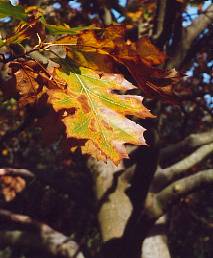When first opened as an asylum in 1879 the hospital occupied 75 acres. Most of the grounds were laid out by the patients, and parts to the north were farmed right up until 1965, when the last corn harvest was taken on Portsea Island.
Access has been unrestricted since World War 2 when a doodle bug hit the perimeter wall! The Grounds are now one of the few open spaces on Portsea Island.
In 1996 Outline Planning Permission was granted for housing on parts of the site. The St James' Park Trust was established with the aim of securing open space for the benefit of the patients and the people of Portsmouth. An unsuccessful attempt was made to purchase the land with money from the National Lottery. However, the Trust succeeded in obtaining listed status for the hospital and chapel, and inclusion of the parkland in English Heritage's Register of Historic Parks and Gardens.
In 2001 the Trust applied to register about 1.75 hectares as a Town Green.
Following a public enquiry, the city council accepted the barrister's positive
recommendation and registered the land as Portsmouth's first Town Green, now called Milton Green. The owners of
the land (the Secretary of State) have agreed not to build on the land in exchange for permission to develop an area south of the cricket ground. A Picnic on the Green is now held once a year as a celebration.
Thanks to Dr. Caroline Scott and the Portsmouth Society for details.


The grounds contain many mature native and exotic trees, 1650 of which now
have Tree Preservation Orders. Examples are Red Oak (pictured on the right in Autumn),
Maidenhair Tree, Dawn Redwood and Monterey Cypress. A Tree Trail has been created for Milton Green.
Over one hundred other species of flowering plants were
recorded during a survey by Geoff Farwell in 1998.
A pair of Jays has been seen, a rare sight in the city. A muntjac deer was
spotted here in Autumn 99. With a shoulder height of up to 40cm, the muntjac is
the smallest deer in Britain. Its tiny size and secretive nature allows it to
live almost unnoticed in small woods and fields within densely populated
areas.